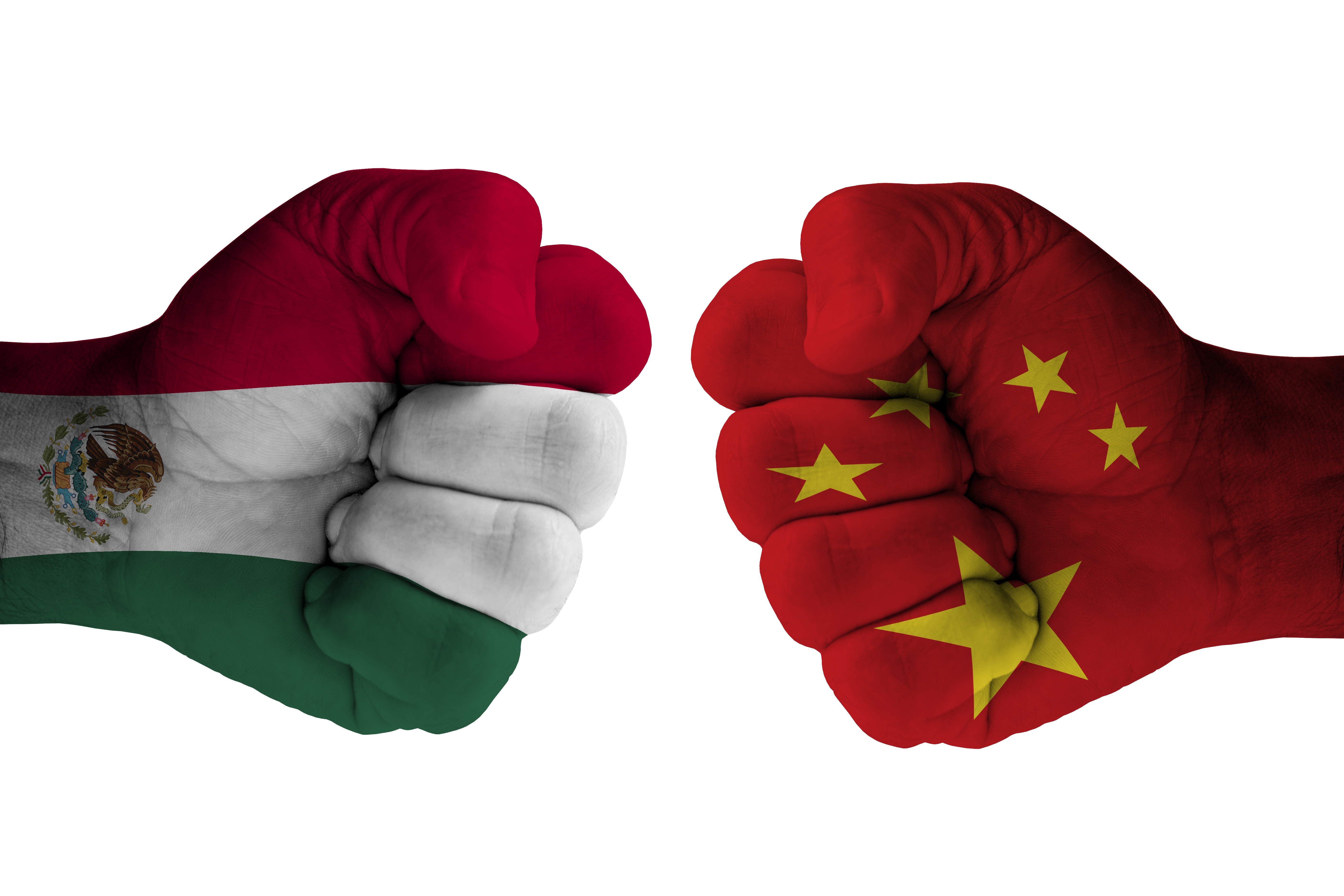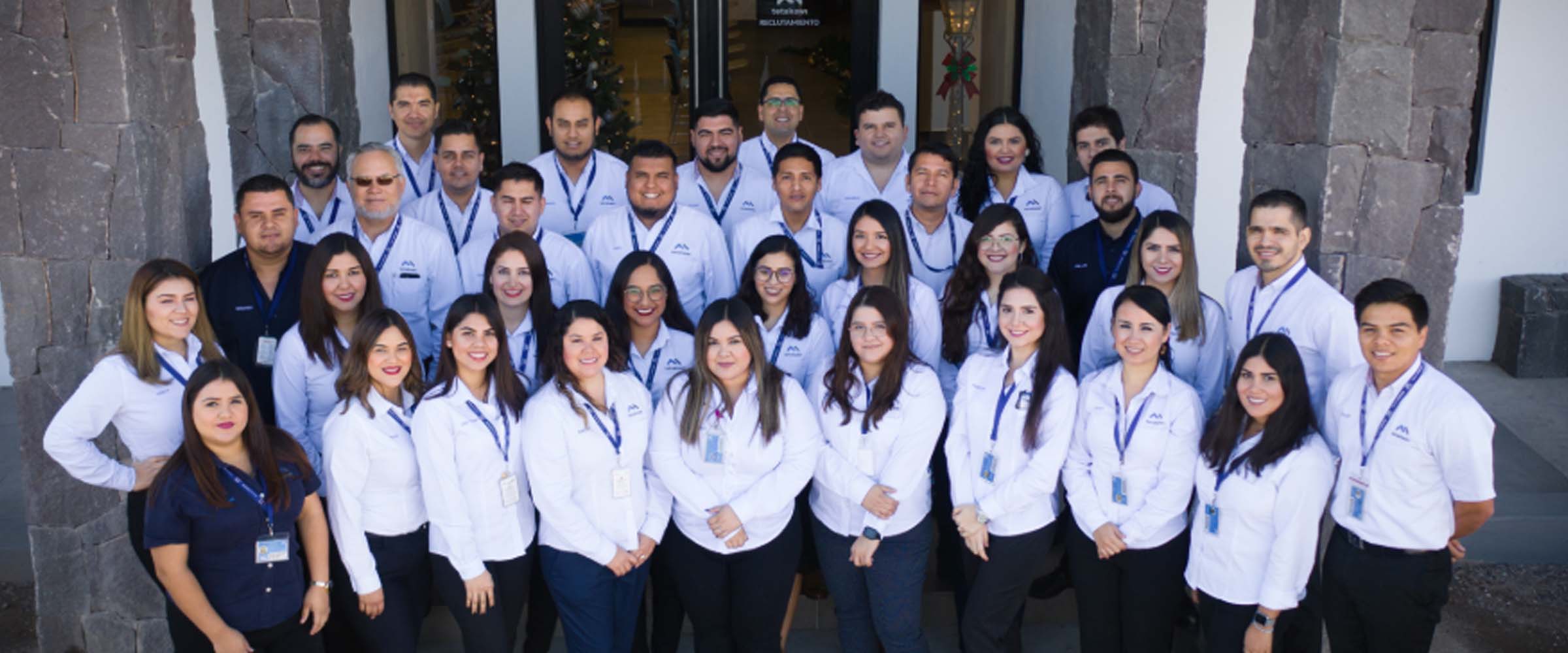Trade between the U.S. and Mexico is growing at a brisk pace, up 17% in 2011 to a record $500 billion in goods and services between the two countries. Mexico is quickly catching up to China, which traded $502 billion with the U.S. last year. Trade between the U.S. and Mexico is growing faster than trade with any other of its trading partners.
With a growing population, an expanding economy and an increasingly market-oriented agricultural sector, Mexico strengthened its position as one of the United States’ main trading partners. The growing middle class in Mexico is buying more U.S. goods than ever, while turning Mexico into a more independent, vibrant and affluent American associate.
While the majority of the U.S. media are projecting stories about violence, drugs, and illegal immigration, cross-border commerce is growing despite escalating drug violence in Mexico. Although the media may portray the opposite, Mexico is doing better macro economically than the U.S. Recent developments have improved Mexico’s foreign direct investment appeal exponentially. Billions of pesos have been invested in infrastructure, including ports, railroads, oil refineries and highways.
Since the NAFTA went into effect in 1994, trade between the U.S. and Mexico has increased 475%. The trade agreement eliminated tariffs for goods and made it simpler to invest across North American borders. Though NAFTA has been controversial in both U.S. and Mexico, today Mexicans seem far less combative. The last large protest, by farmers angry about cheap corn imports from Canada and the U.S., occurred in 2008. The new president, Enrique Peña Nieto has expressed a desire to further expand the tri-partite trade agreement.
The better off Mexico is, the better off the U.S. is. Mexico and the U.S. are no longer opponents; they are associates. The two countries have close economic connections and are extremely closely related demographically—with over one million U.S. citizens living in Mexico, while Mexico is the largest source of immigrants to the United States. The Mexican and U.S. markets are now deeply integrated, with Wal-Marts, Sam’s Clubs and Costcos for the emerging middle class appearing in an increasingly greater number of Mexican cities. Wal-Mart is currently the largest private sector employer in Mexico.
Mexican exports to the U.S. have soared from $42 billion in 1993 to $263 billion in 2011. Almost 80% of Mexico’s exports go to the U.S. market, led by crude oil, fruits, vegetables, televisions, cellphones, computers and passenger vehicles. Before NAFTA Mexico had a slight trade deficit with the U.S., now they have a trade surplus.
U.S. exports have also multiplied, especially as the consumption palates of the growing Mexican middle class progressively resemble those of U.S. shoppers. The modern retail outlets are filled with U.S. products. In Costco stores in Mexico there are shelves laden with products like Kirkland vitamins and value packs of Nature Valley granola bars. Even the butcher shop present the “USDA Premium” and “USDA Choice” labels in English.
From 2009 to 2011, 825 new discounters and more than 3,000 convenience stores opened for business in Mexico. The biggest growth came in modern retail chains, filled with U.S. products, which are challenging traditional local stores. Mexico bought $198 billion worth of U.S. goods last year, up from $41 billion in 1993. The U.S. sold more stuff to Mexico than to Brazil, India, Japan, and Britain combined.
What many people don’t realize is that the U.S. isn’t the only one creating jobs for their counterpart; Mexico is providing jobs to many Americans. About 6 million jobs in the U.S. depend on trade with Mexico. More than 70% of the chickens Texas ships beyond its borders go to Mexico; New Jersey send $1 billion in pharmaceuticals; Iowa exports $121 million in pork; Montana, $59 million in copper and molybdenum. Even Mexico’s Costco stores are supplied with tortilla chips and chipotle salsa that are brought in from factories in California and Texas that produce for both sides of the border.
With 32 million people of Mexico descent living in the U.S. and widespread travel and shopping up north, Mexico’s middle class has come to associate American-made goods with superior quality, even if the cost is slightly higher. The Mexican consumer is less concentrated on price and more fixated with freshness.
The U.S. and Mexico trade will continue to mount. This year, the U.S. government is expanding its Select USA initiative to Mexico, hoping to bring Mexican business leaders north for a visit, to entice them to invest in America and place a stake north of the border.
Subscribe
Sign up and stay informed with tips, updates, and best practices for manufacturing in Mexico.





